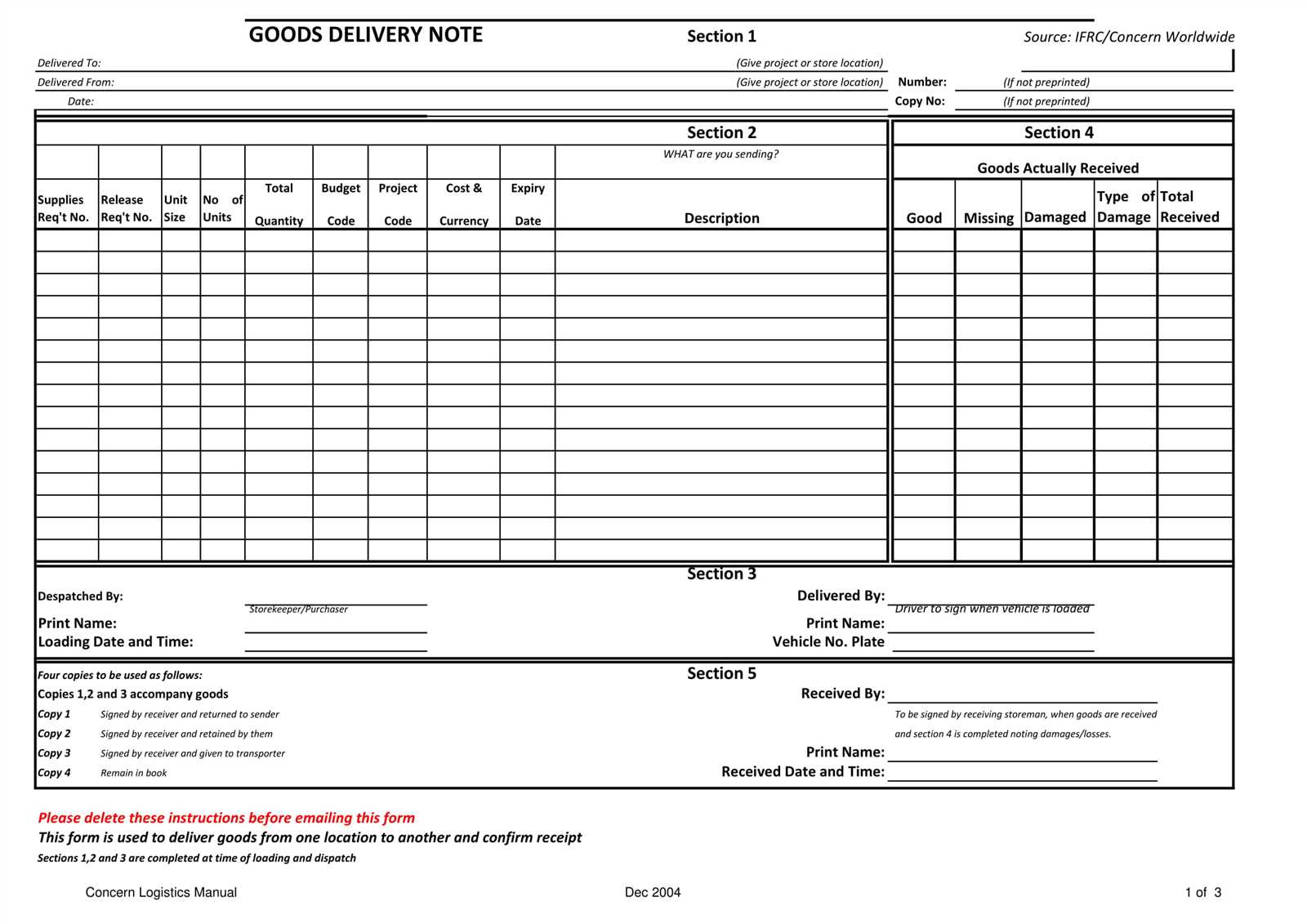
To properly document the receipt of goods, it’s important to include key details in your receipt template. Start by ensuring the header clearly states that the document is a receipt of goods, specifying the name of the company or individual receiving the goods.
Include the date of receipt along with a reference number for easy tracking. This number will help both the buyer and seller quickly identify the transaction in case of any inquiries or discrepancies. Make sure to list the supplier’s name, address, and contact details for reference.
Next, itemize the goods being received. For each item, include a description, quantity, and unit price. This will help verify that the correct items were delivered and in the right amounts. Additionally, if applicable, note any discounts or special conditions that were applied to the goods.
Don’t forget to include shipping details, such as the method of shipment and any tracking numbers, if available. This ensures both parties have access to shipment tracking information for reference.
Finally, leave space for signatures from both parties–this confirms the acceptance of the goods and the accuracy of the details outlined in the receipt.
Steps for Creating a Receipt Template for Goods
Begin with defining the key information to include: the name of your business, contact details, and the transaction date. It’s important to also have a receipt number for tracking purposes.
Step 1: Add Transaction Details

Include the product description, quantity, and unit price. Add up the total cost for each item, and display any applicable taxes or discounts clearly. Use a clean, simple format for these details, so they’re easy to read and verify.
Step 2: Set Up Payment Information
Make sure to clearly state the method of payment, whether it’s cash, credit card, or another form. If applicable, include the last four digits of the card used for payment to provide a reference.
Lastly, provide space for signatures if needed, and always double-check for accuracy before finalizing the template. Consistency in layout and clarity are key to an effective receipt template.
Key Information to Include on a Receipt
Ensure the receipt includes the following details:
- Transaction Date and Time: Clearly display the exact date and time of the purchase to avoid confusion later.
- Business Information: Include the name, address, and contact number of the business for reference.
- Receipt Number: Use a unique number for each transaction to track and manage sales efficiently.
- Itemized List: List each product or service purchased, with their corresponding prices, quantity, and any applicable taxes.
- Total Amount: Ensure the total amount paid is displayed clearly at the end of the receipt, including any discounts or additional charges.
- Payment Method: Indicate whether the payment was made by cash, card, or other methods for clear financial records.
- Return/Exchange Policy: Provide brief information about the business’s return or exchange policy to set customer expectations.
Including these details ensures clarity and helps both the business and the customer stay organized.
Best Practices for Customizing Your Goods Receipt Template

Define the key fields based on your business requirements. Include essential details like product descriptions, quantities, unit prices, and delivery dates. This ensures accuracy when recording transactions and provides clarity for all parties involved.
Organize the layout to enhance readability. Group related information together–such as item details and shipping information–so that it is easy to locate when reviewing the receipt. A clean, structured design helps prevent errors and confusion.
Include a unique identifier for each goods receipt. A reference number or barcode ensures traceability and simplifies inventory management. This allows you to track deliveries efficiently and resolves discrepancies quickly.
Set clear guidelines for handling damaged goods. Add a section for notes where you can document any issues observed during receipt. This reduces the chance of misunderstandings and makes it easier to address any potential claims.
Ensure the template supports different currencies and tax calculations. This is especially helpful for international transactions or when dealing with various regions. Customizing your template to include these options avoids mistakes and reduces the need for manual adjustments.
Regularly review and update your template to stay aligned with changes in your business processes or legal requirements. A template that adapts to your needs can save time and avoid unnecessary corrections down the line.


